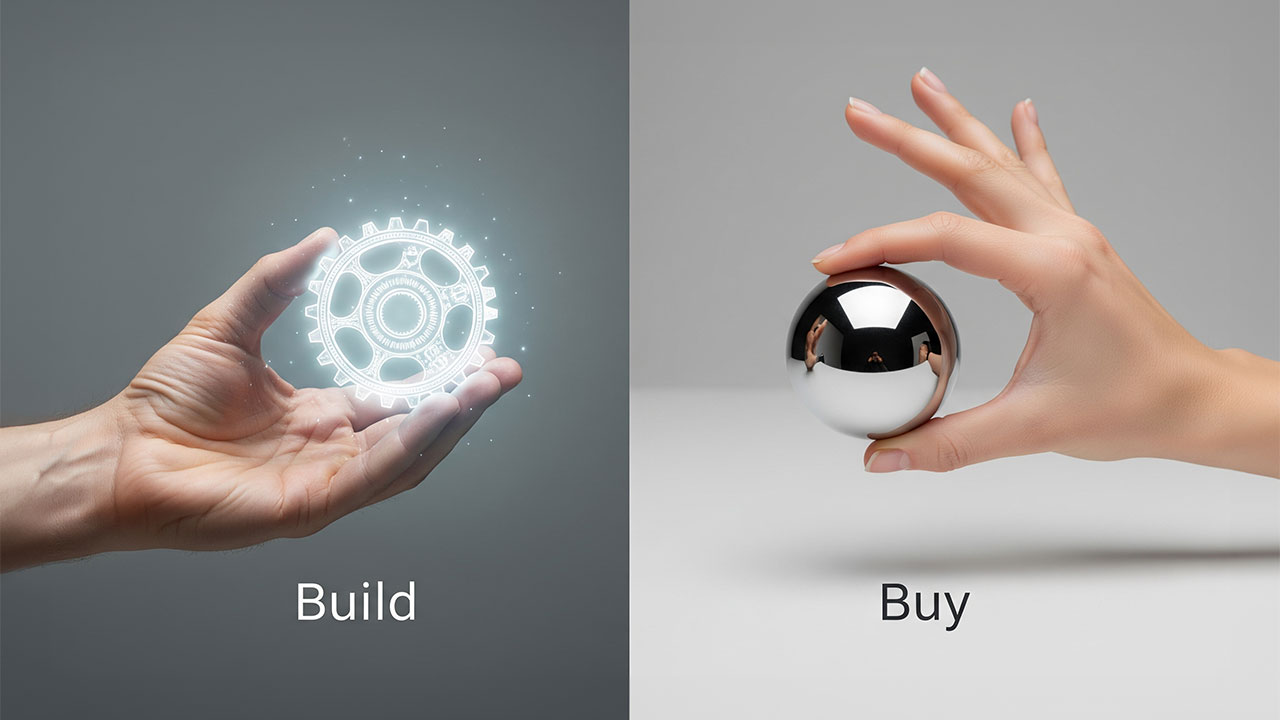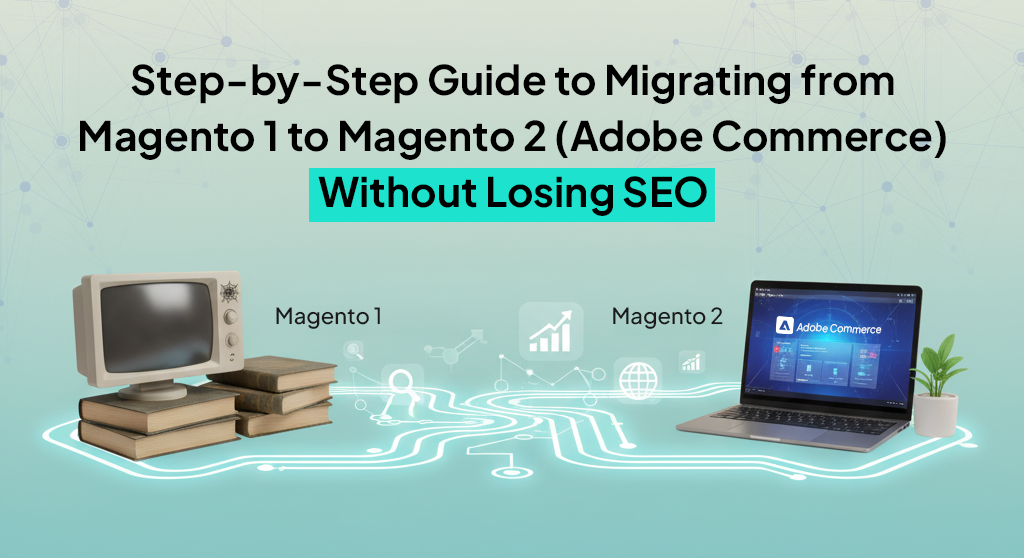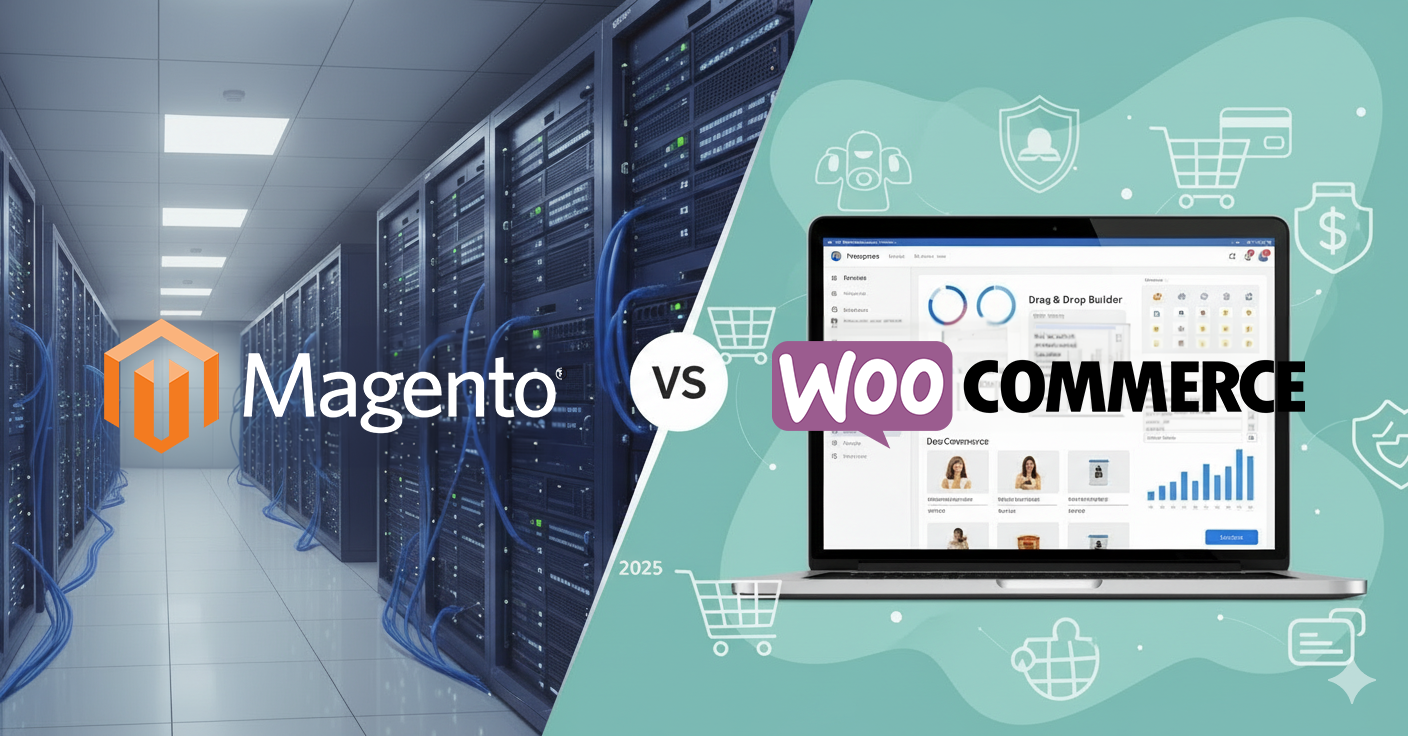It’s a question that comes up in nearly every strategy call, stakeholder meeting, or MVP planning session: should we build this feature from scratch or buy something that already exists?
In 2025, this is not only a budget call, but a product-defining decision. The pressure to get it right is higher than ever because customers expect more, competitors are moving faster, and platforms are evolving in real-time.
What used to be a relatively straightforward question has become tangled in layers of complexity. The tools have changed. The costs have shifted. AI and low-code tools have blurred the line between what’s custom-built and what’s pre-assembled. The stakes? Still the same: user satisfaction, time to market, and long-term flexibility.
So let’s talk about how to navigate this better.
Why the Build vs Buy Debate Feels So Different in 2025
It’s tempting to think that by now, this whole discussion would be easier. After all, there are more SaaS tools than ever. More open-source frameworks. More drag-and-drop integrations. AI is even helping people code faster.
But the problem isn’t the lack of options. It’s the overlap between them.
Everything looks like a potential shortcut, until you realize it doesn’t quite do what you need. Then you spend days testing plugins, reading changelogs, submitting support tickets, and still end up duct-taping something together.
And on the other side? Building something from scratch has gotten faster, sure. But it’s still never simple. The further you go, the more edge cases come up. What starts as a quick feature can suddenly need database changes, versioning, documentation, testing—and actual long-term maintenance.
So you’re stuck between two imperfect choices.
Where This Decision Usually Starts
Every team we’ve worked with has faced this same moment: there’s a request on the table — maybe for a custom reporting dashboard, or a flexible product bundling system, or a new payment flow. The product owner wants it done yesterday. The developer looks at the backlog and groans. The marketer wonders if it’s even necessary. And then someone says: “Can we just buy something that already does this?”
And that’s where the real debate begins.
The problem is, people often start from the wrong end — what’s faster right now — instead of looking at what’s sustainable in the long run.
Time Isn’t Just Time
Yes, buying a pre-built tool or plugin looks faster on paper. It probably is faster — at first.
You integrate the plugin, fill out some configuration forms, maybe tweak a few styles, and boom — feature shipped.
But two weeks later, you realize it doesn’t support your language fallback rules. Or it breaks on mobile. Or it charges $99/month for every 1,000 users you didn’t think you’d have yet. So now you’re spending time reworking things. Or apologizing to customers. Or replacing it entirely.
On the flip side, building from scratch might take more time upfront. But if it’s something core to your process, that investment can save you from revisiting the same problem again and again.
Time saved now doesn’t always mean time saved overall. It just means you’ve pushed the hard part further down the road.
What You’re Really Buying (or Building)
Too often, people think of features like Lego blocks, you just pick the right one and plug it in. But most features aren’t self-contained. They touch your database, your design system, your business logic, your analytics, your user expectations.
So the decision isn’t just between a plugin or a dev sprint. It’s a question of control.
Buying something means giving up a slice of that control. You’re agreeing to live with how someone else thinks this should work. That’s fine for things like live chat or social logins. But when it touches your core business flow — pricing logic, user roles, product structure — it gets riskier.
On the other hand, building gives you control, but it demands responsibility. You’re now in charge of security, testing, updates, compatibility, and edge cases. You don’t get to blame the vendor when something breaks.
So before you choose, you’ve got to ask: Is this something we want to own?
The MVP Trap
Startups especially fall into this one. There’s pressure to launch quickly, prove traction, and move fast. So teams lean heavily on pre-built solutions, no-code forms, SaaS dashboards, WordPress plugins, and whatever saves time.
It makes sense. Until it doesn’t.
Because what starts as an MVP often turns into the main product. The stack becomes more tangled. Every “quick fix” becomes a long-term compromise. And at some point, rebuilding from scratch feels too risky. You’re locked in.
If you’re launching something new, this doesn’t mean you should build everything. But you should be brutally clear about which parts need to scale, and which don’t. Don’t be afraid to build the foundation if you know it’ll matter later.
Off-the-Shelf ≠ One-Size-Fits-All
There’s this idea that buying something off the shelf means it’ll just work. It’s polished. It’s tested. It’s used by thousands of others, so it must be good.
Sometimes, sure.
But more often, it means compromises. The UI doesn’t match. The API is half-documented. You need to upgrade to a higher tier just to get access to something basic. And every tweak starts to feel like hacking around someone else’s decisions.
You don’t notice this early on. But the more your product grows, the more these small friction points start to hurt.
Buying something shouldn’t mean settling. If it doesn’t align with your long-term direction, even the best tool becomes a bottleneck.
Owning Your Stack
In 2025, teams are starting to care more about owning their stack. Not in the old-school way of self-hosting everything, but in the sense of knowing what’s essential, what’s flexible, and what’s replaceable.
The question isn’t “build or buy” in a binary sense. It’s: What’s worth owning? What’s worth outsourcing?
And maybe more importantly: When do we switch?
Sometimes, it makes perfect sense to buy early and build later. You get the market validation, then invest in the long-term version once you know it’s worth it. Other times, building something small and custom from day one saves months of retrofitting later.
What matters is understanding your system enough to make those decisions deliberately, not just because it was easier that week.
Don’t Just Count the Price Tag
Here’s where most teams miscalculate.
They look at the price of a plugin: $29/month. Cheap. Easy. Done. They look at the cost of building: 80 dev hours. Expensive. Slow. Risky. But they’re not comparing the same thing.
The cost of buying isn’t just the license fee. It’s also:
- The time your team spends adapting it.
- The support tickets you file when it breaks.
- The compromises you make in UX and logic.
- The risk of the tool being abandoned or acquired.
The cost of building isn’t just the dev time. It’s:
- The ability to shape it exactly the way you need.
- The freedom to scale and extend it later.
- The long-term savings from avoiding vendor lock-in.
- The technical debt you choose rather than inherit.
One-time costs are easy to spot. Ongoing pain isn’t. And that’s what makes the real difference over time.
So, What’s the Smarter Path?
There’s no magic formula. But here’s what we’re seeing more of in 2025: a modular mindset.
Teams are building the pieces that matter — those that touch their value proposition, brand experience, or data workflows. And they’re buying the things that are more or less universal.
Think of it like a kitchen.
You build your own signature dishes. But you don’t farm your own rice or manufacture your own fridge. You buy the ingredients and tools you trust—then cook it your way.
Same goes for digital platforms.
Final Word: Be Honest with Yourself
We don’t tell people what to build or what to buy until we’ve had a real conversation about what they actually need, not just what seems easier this week.
It’s not about what’s faster or cheaper., but what gets you where you’re going without backing you into a corner six months later.
So, when you’re facing that “build or buy” moment, ask:
- Is this a temporary fix or a permanent fixture?
- Will this need to scale in ways the market tools can’t support?
- Are we ready to maintain it—or would it become a burden?
- Is the cost of buying just a delay in future pain?
Because in 2025, you don’t just want features that work. You want features that grow with you. That align with your product. That make sense for your team and your users—not just now, but later too.
And if you’re stuck between both doors? Talk to someone who isn’t trying to sell you either. That’s where we come in.
Need a second opinion? We help businesses make the smart call between building and buying. Not just from a tech angle, but with your growth in mind. Let’s have that honest conversation






